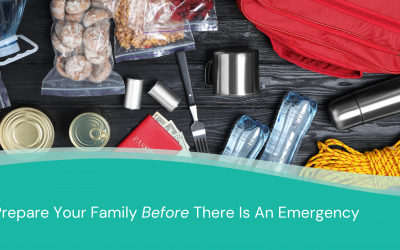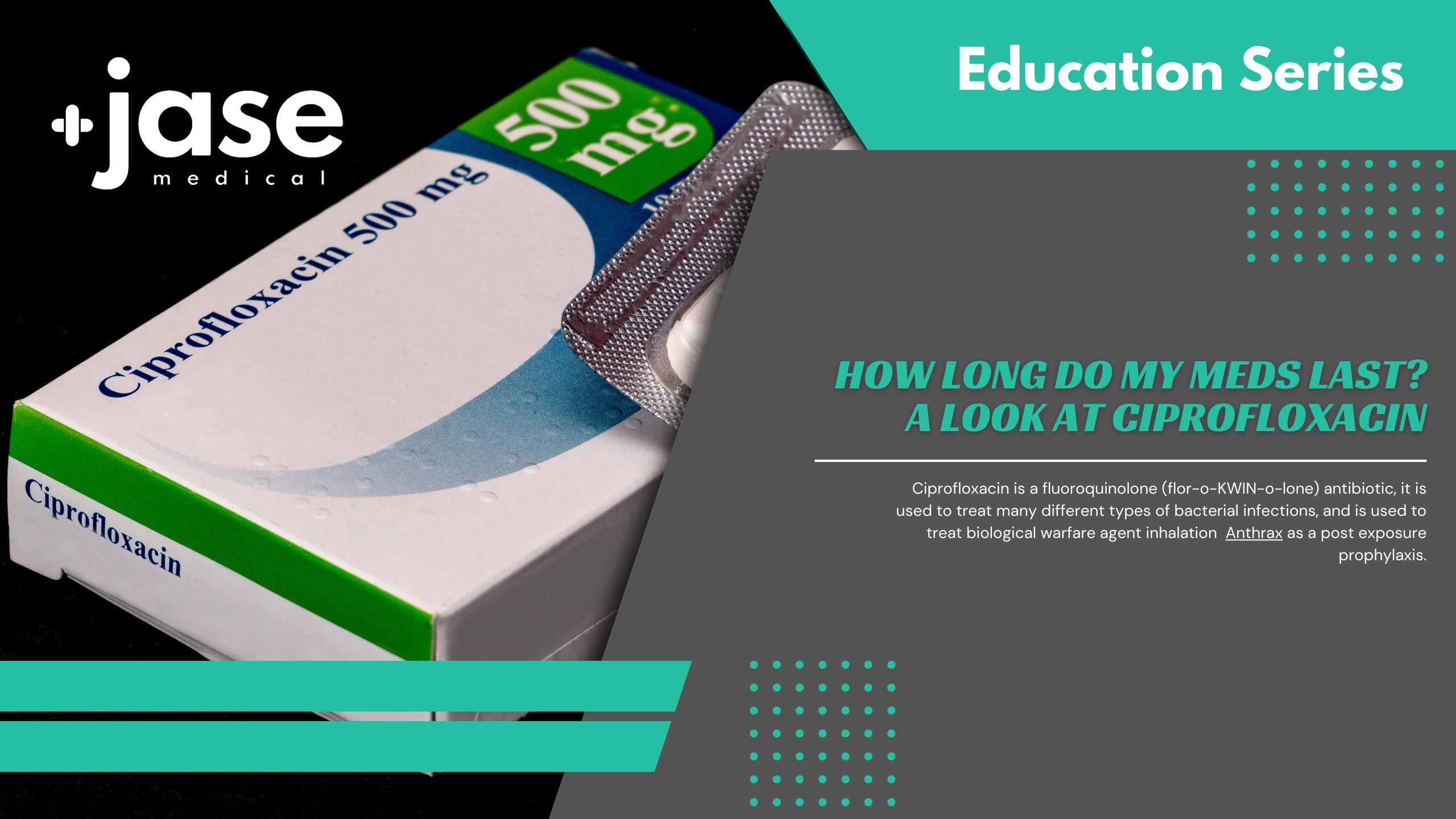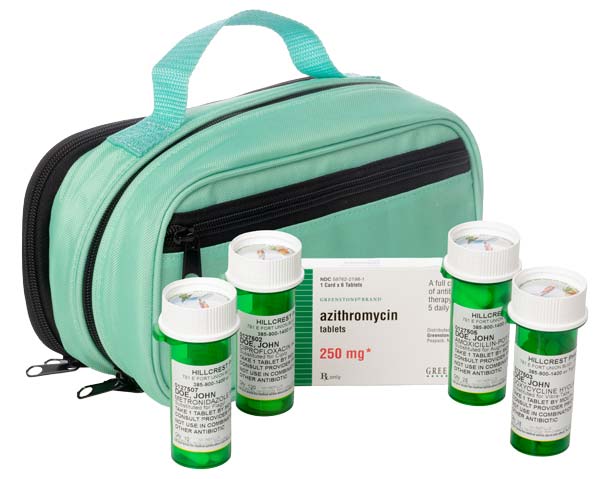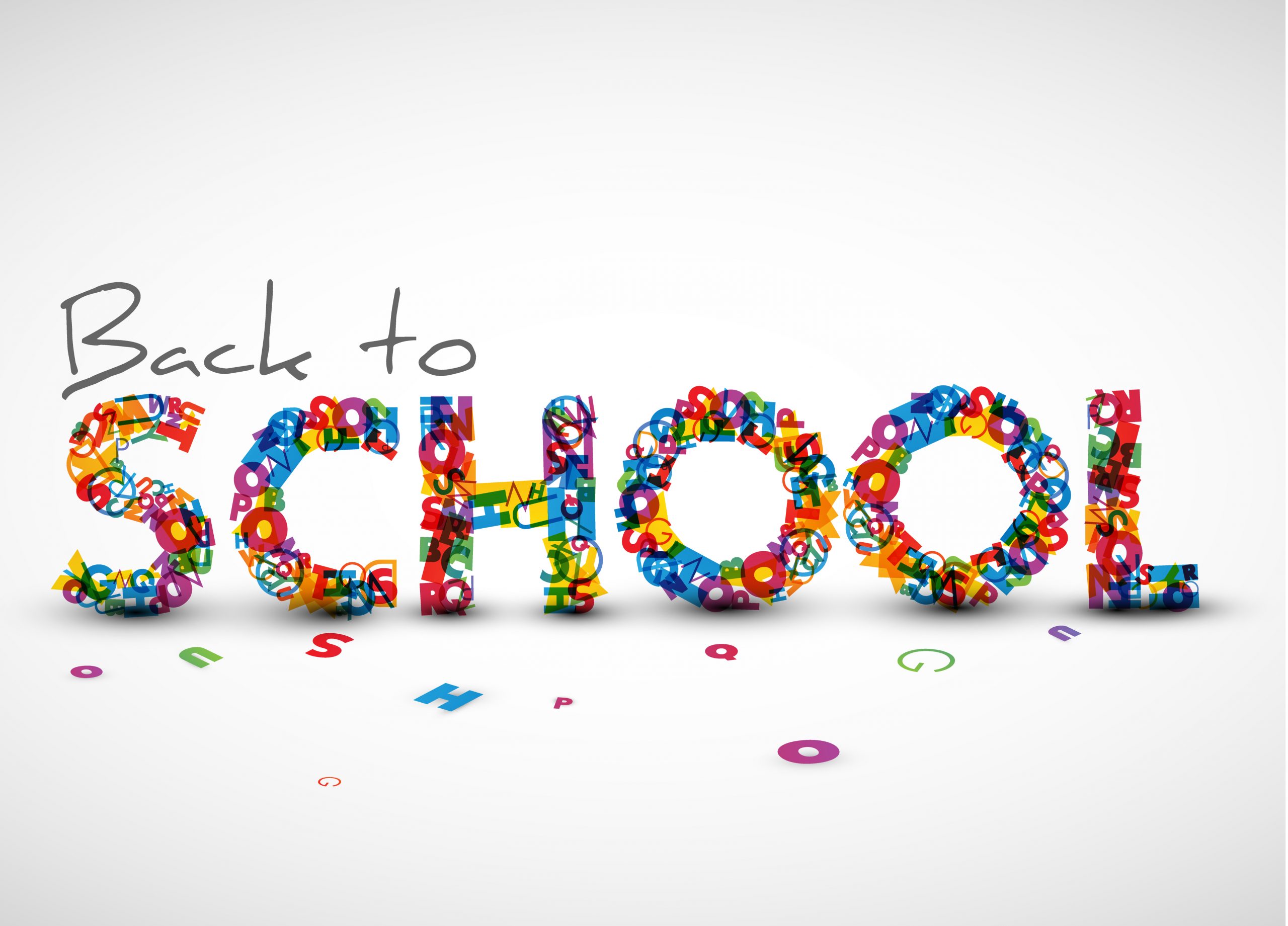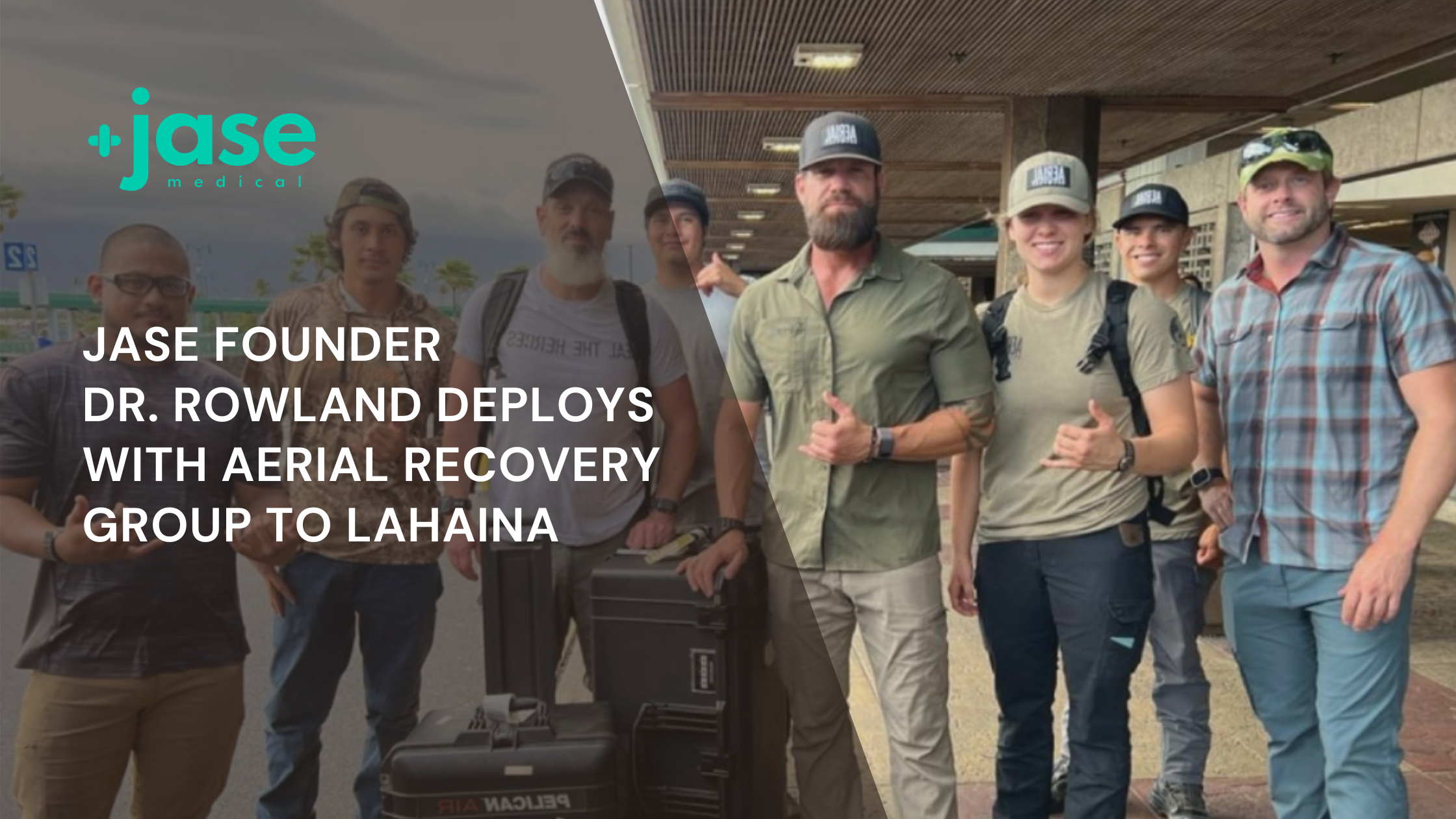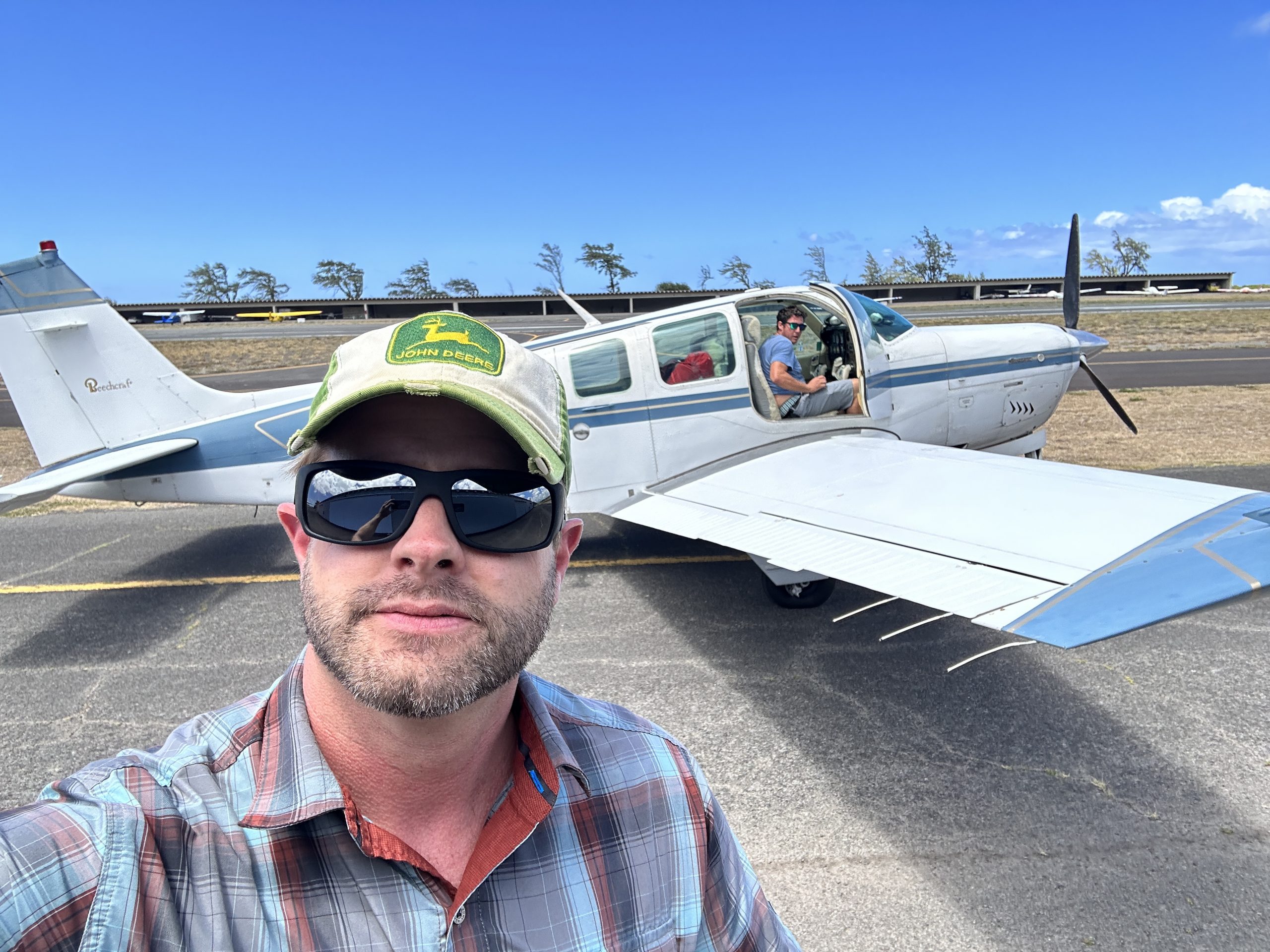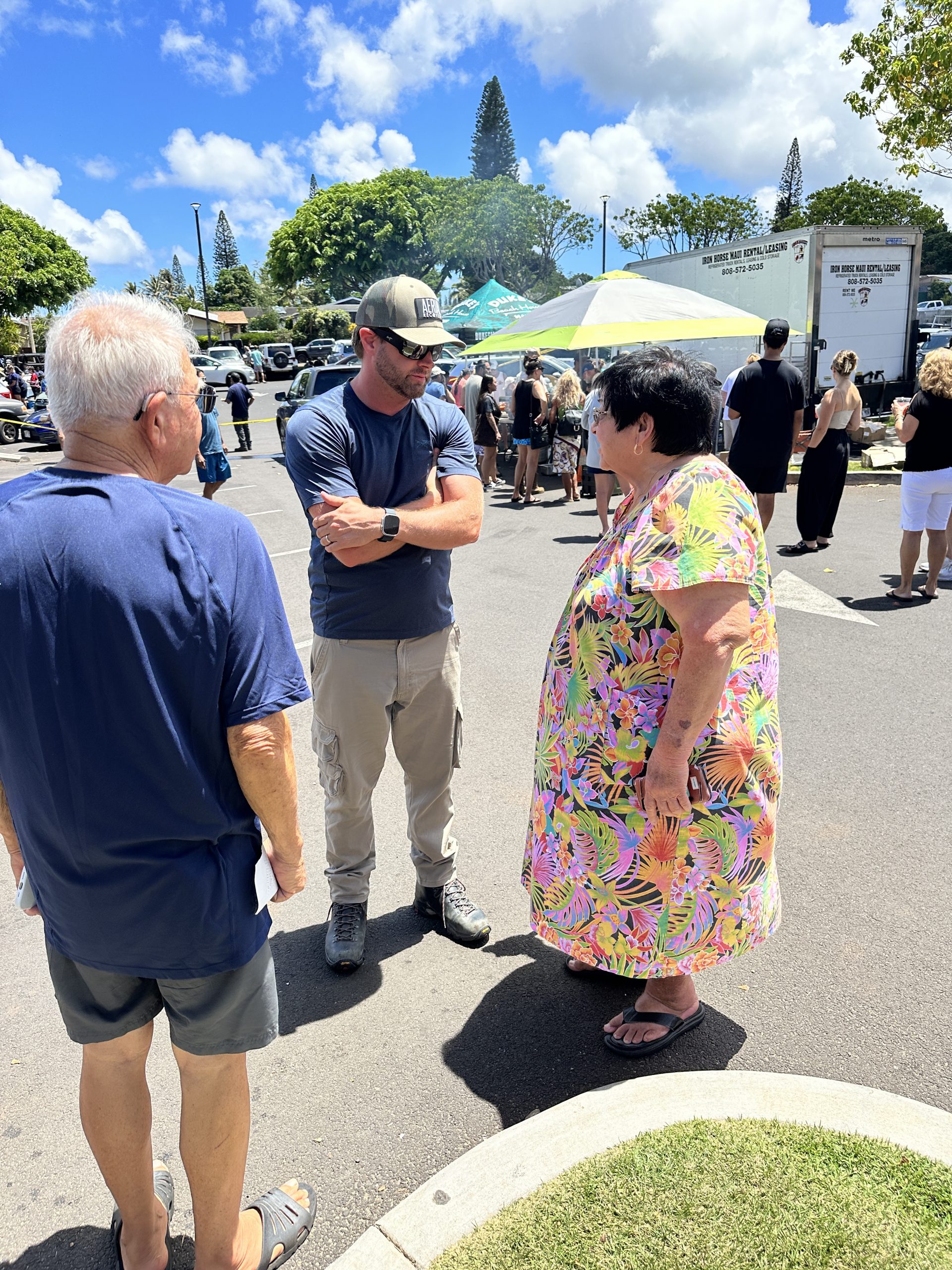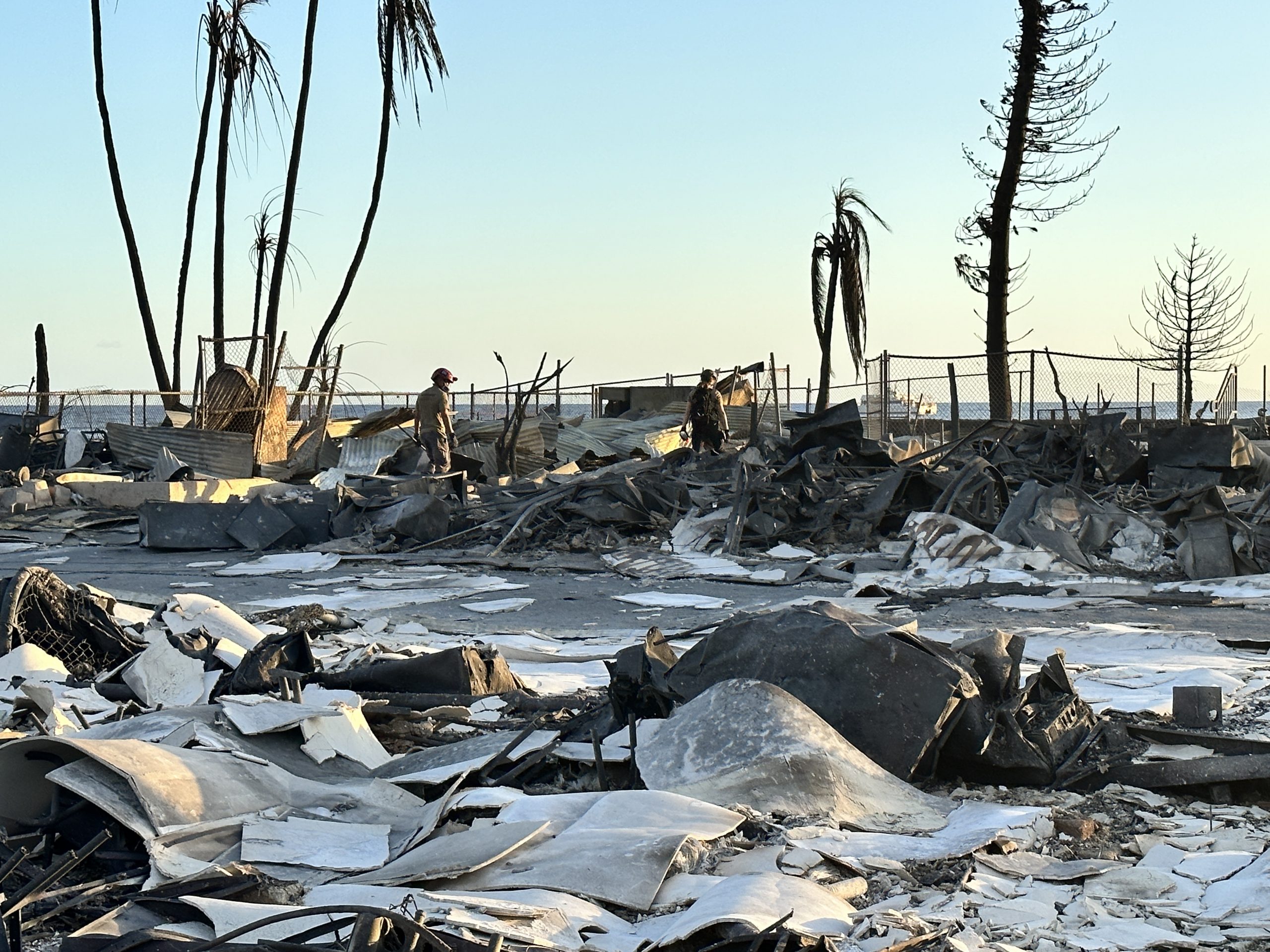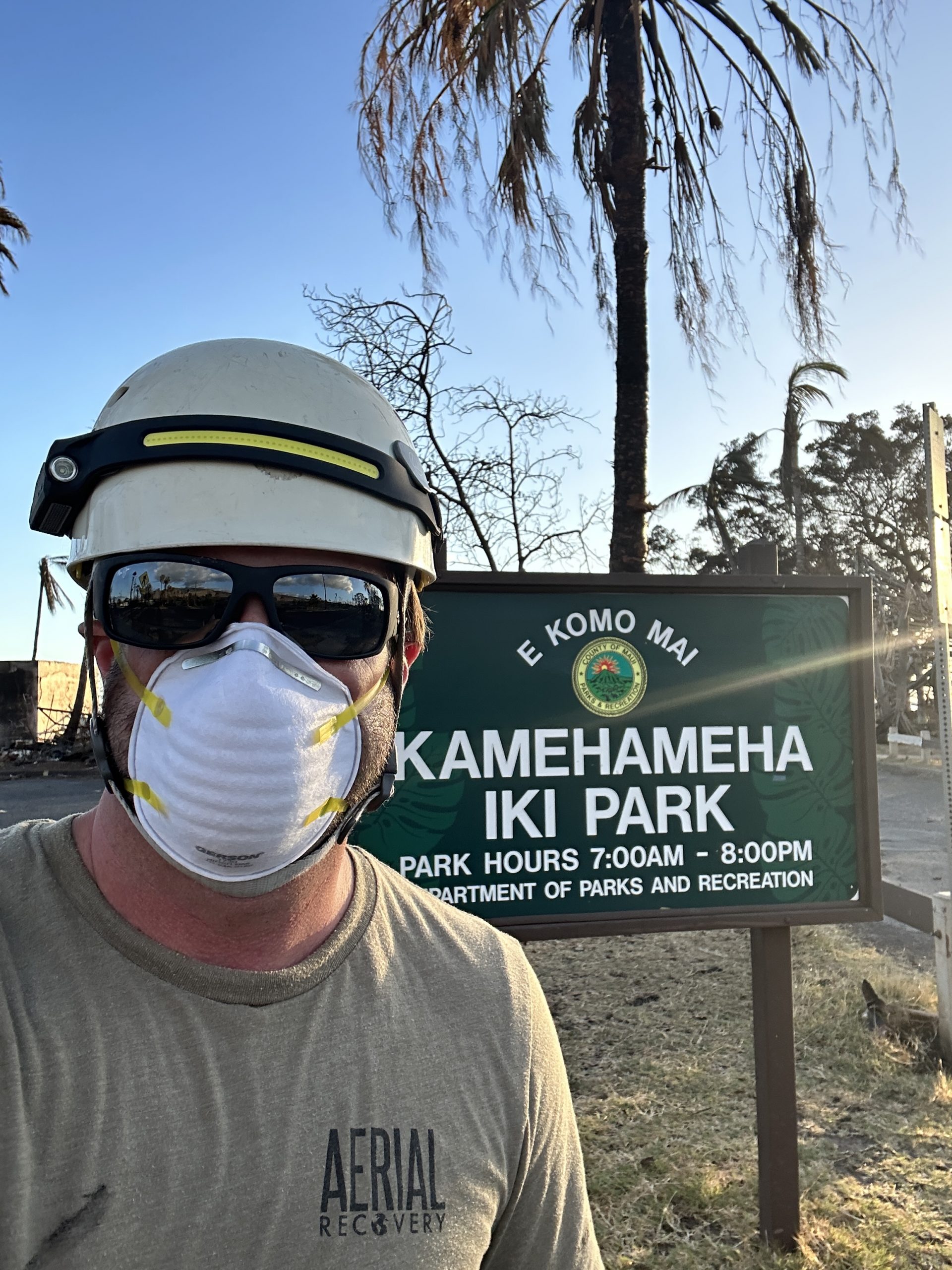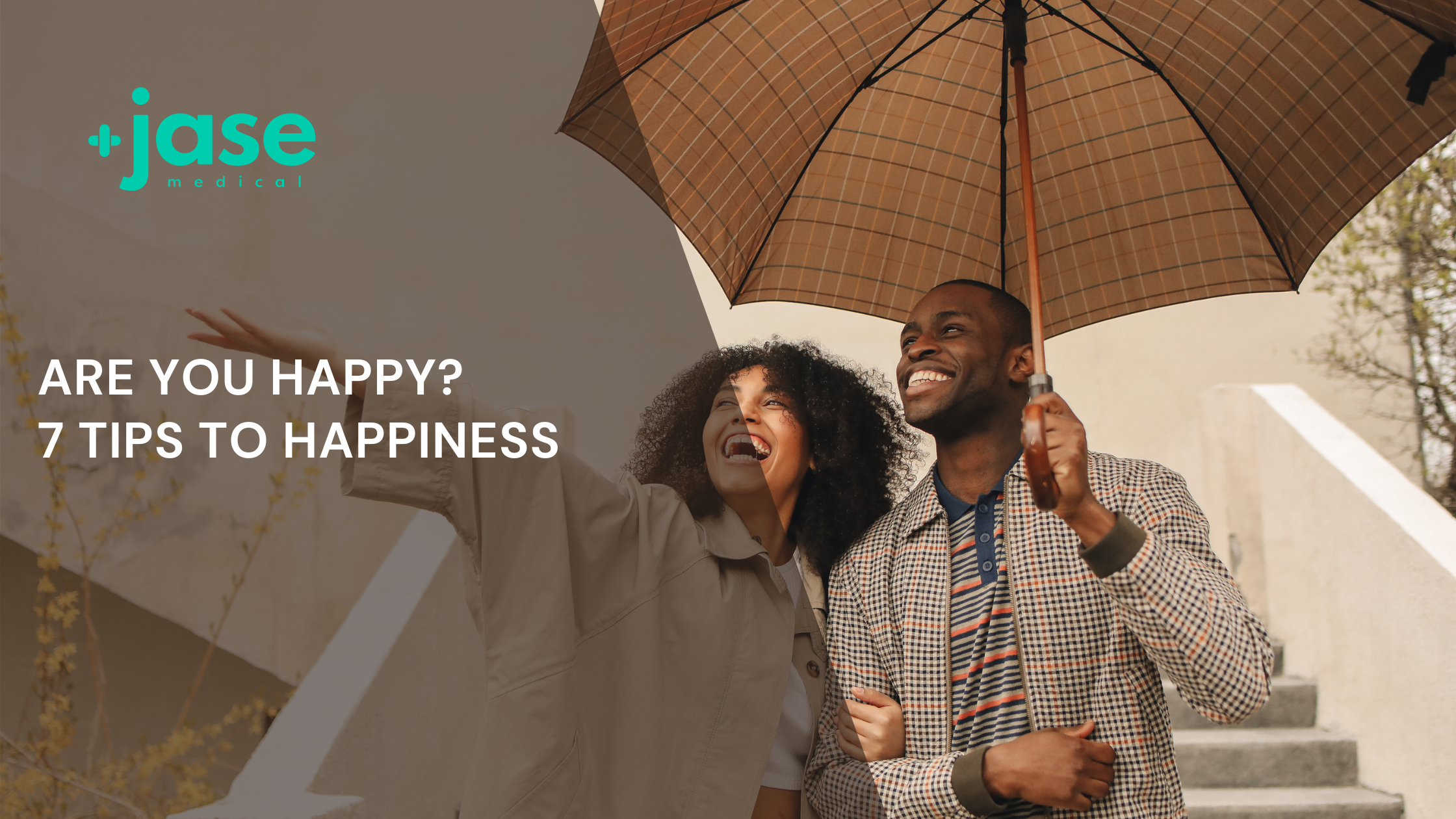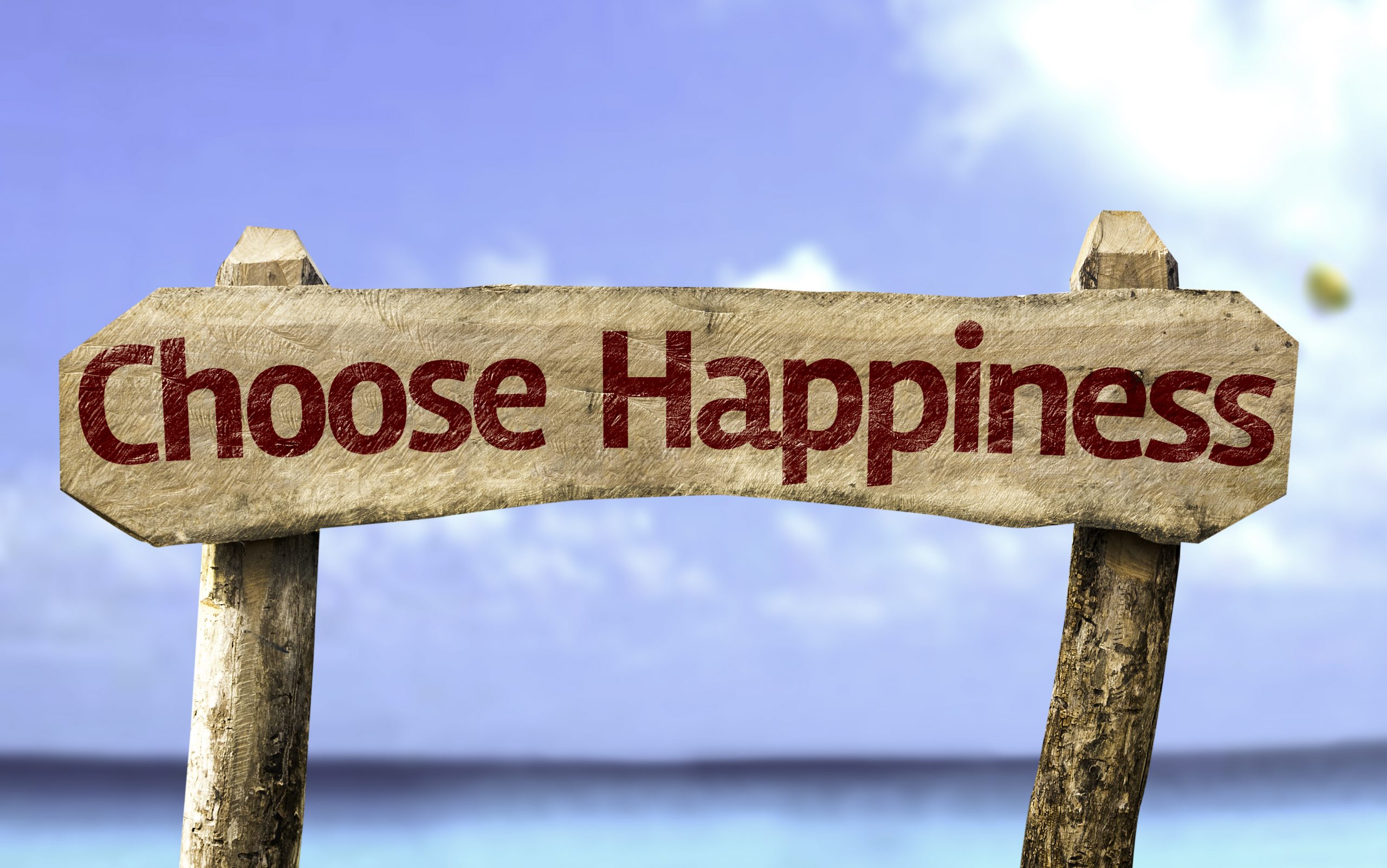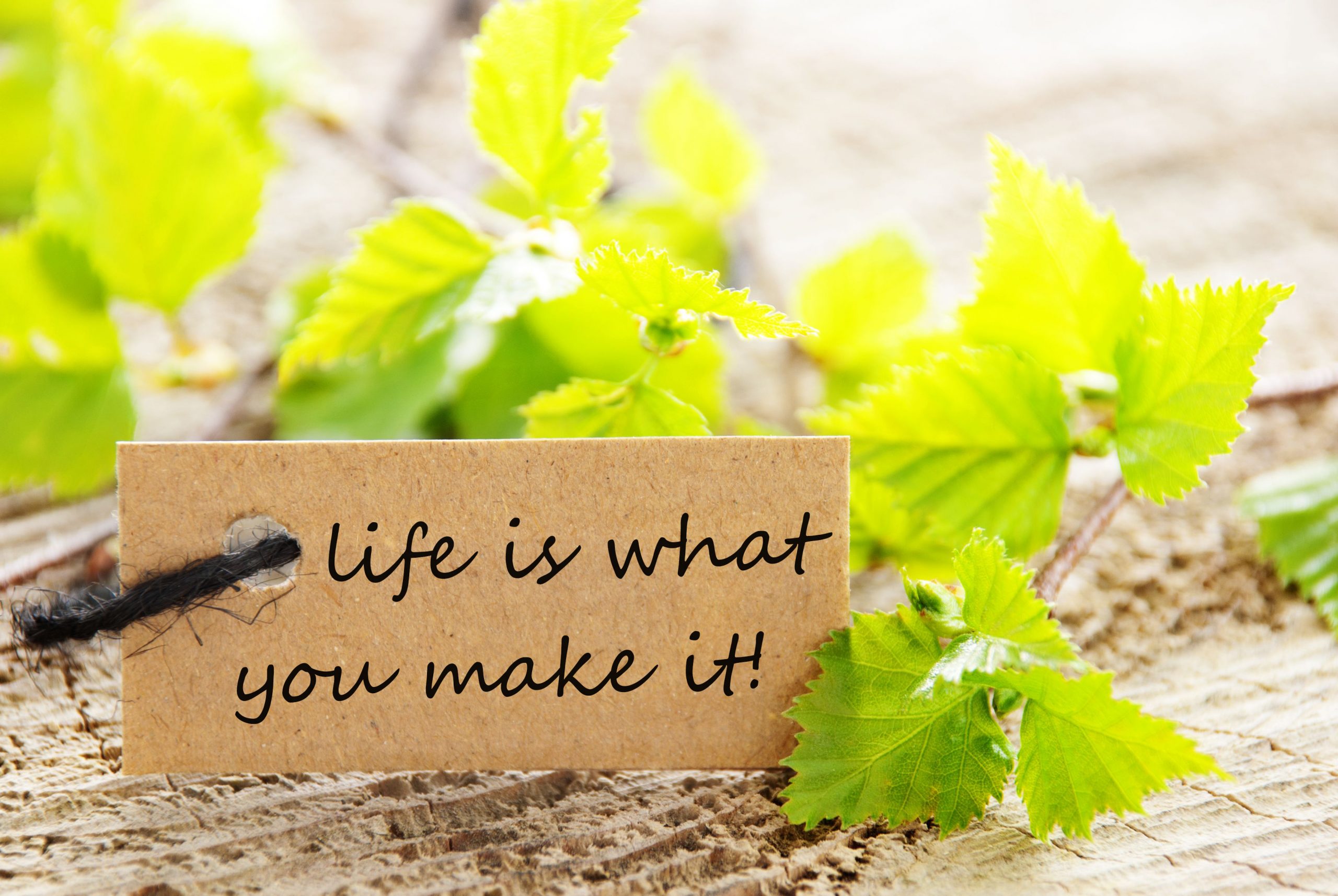With relentlessly busy lives, in a world as volatile as ours, you never quite know what may happen tomorrow. . Being as prepared as possible is the only way to safeguard your family against preventable mishaps during an unpreventable emergency. Remember,...
How Long Do My Meds Last? A Look at Metronidazole
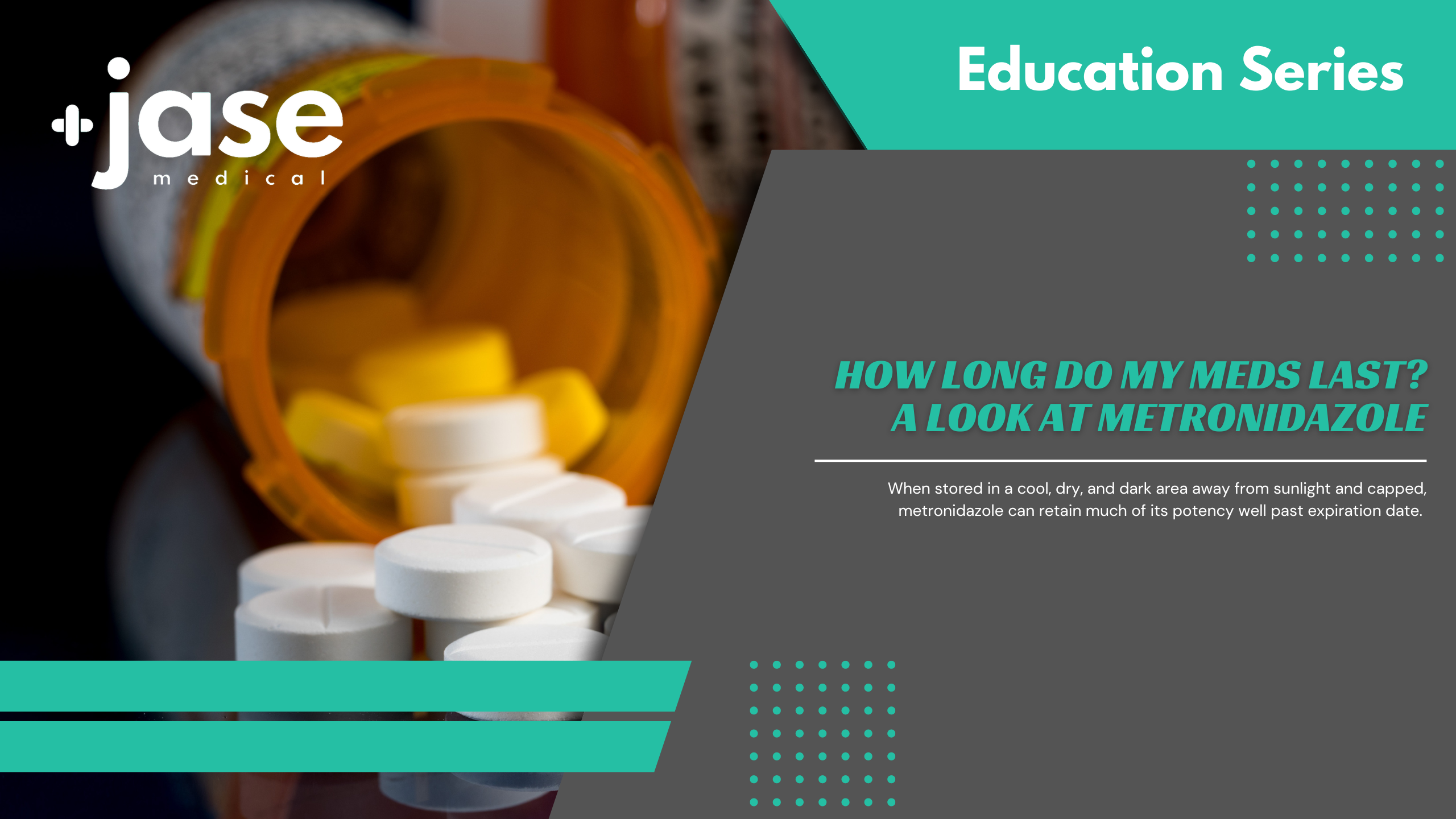
Metronidazole is in a class of medications called nitroimidazole antimicrobials. It was initially developed at Rhone-Poulenc labs in France in 1959 to treat Trichomonas vaginalis, a parasitic infection. In 1962, it was discovered to be effective against both Trichomonas vaginalis and bacterial gingivitis (bacteria). By the 1970s metronidazole was used for treatment of infections caused by gram-negative anaerobes such as bacteroides or gram-positive anaerobes such as clostridia. It is now widely used as a prophylaxis following bowel surgery to prevent infection. Metronidazole does not treat viruses or yeast infections- only bacterial and parasitic infections.
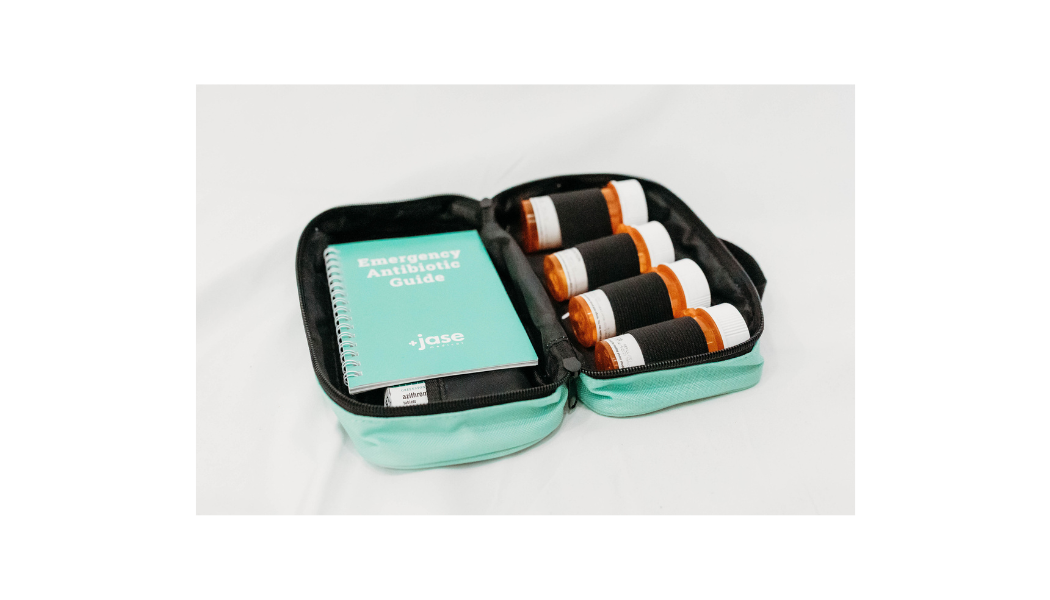
How long does Metronidazole remain potent?
When stored in a cool, dry, and dark area away from sunlight and capped, metronidazole can retain much of its potency well past expiration date. Exposure to UV light seems to degrade metronidazole more than extreme heat or cold.
Expiration dates reflect the time during which the product is expected to remain stable, or retain its identity, strength, quality, and purity, when it is properly stored according to its labeled storage conditions. Metronidazole can be used up to a year past expiration date; however potency is affected. Contact your care provider before starting metronidazole if using past expiration date for further guidance. Metronidazole does not become toxic, just less potent.
Metronidazole is listed in the World Health Organization Model List of Essential Medications for the newly released 2023 edition:
FIRST CHOICE (From WHO 2023 list)
- Difficile infection
- Complicated intraabdominal infections (mild to moderate)
- Complicated intrabdominal infections (severe)
- Necrotizing fasciitis
- Surgical prophylaxis
- Trichomoniasis
SECOND CHOICE (From WHO 2023 list)
- Complicated intraabdominal infections (mild to moderate)
Other uses include
- Bacterial vaginosis
- Tetanus infection if no other better options are present.
How to take
Take metronidazole with food to avoid stomach upset. DO NOT consume alcohol or products containing propylene glycol for 3 days after last metronidazole dose. Do NOT take if you have taken disulfiram (Antabuse) within past 2 weeks.
Side Effects
Mild side effects include (can mostly be alleviated by taking with food)
- Vomiting nausea, diarrhea
- Stomach cramps
- Constipation
- Loss of appetite
- Headache
- Metallic taste in mouth
- Mouth or tongue irritation
Discontinue and contact your primary care provider if you experience the following
- Numbness, pain, burning, or tingling in your hands or feet
- Seizures
- Hives, peeling or blistering of skin
- Problems with coordination,
- Difficulty speaking, confusion, or agitation
- Signs of infection such as sore throat, fever, or stuffy nose
- Tarry stools
Consult with your care provider before taking if you are taking any of the following:
- Let your care provider know if you are taking any of the following: anticoagulants (‘blood thinners’) such as warfarin (Coumadin, Jantoven), busulfan (Busulfex, Myleran), cimetidine (Tagamet HB), lithium (Lithobid), phenobarbital, and phenytoin (Dilantin, Phenytek)
Make your care provider aware if you currently have (or history of)
- Pregnant or breastfeeding. Metronidazole has a pregnancy category B rating -Animal reproduction studies have failed to demonstrate a risk to the fetus and there are no adequate and well-controlled studies in pregnant women. A substantial amount of metronidazole does pass into breast milk and can be passed to infant. There is some evidence that metronidazole can cause diarrhea and thrush in breastfed infants,, but studies are inconclusive. If metronidazole must be given, avoid breastfeeding foe 12-24 hours after dose.
- Allergy to metronidazole, secnidazole (Solosec), tinidazole (Tindamax), any other medications, or any of the ingredients in metronidazole preparations.
- Have history of Crohn’s disease, or blood, kidney, or liver disease.
- Brooke Lounsbury, RN
Medical Content Writer
Lifesaving Medications
Recent Posts
Keeping you informed and safe.
5 Ways to Prepare For Medical Emergencies
Massive Cyberattack Takes Down Pharmacies Worldwide
Next time we may not be so lucky.United Health group learned Wednesday of a cyber security threat that had accessed some of their information technology systems. Change Healthcare, one of the nation’s largest health-care technology companies and a subsidiary of...
Planning a Cruise?
Be sure to pack these Jase add-ons An outbreak of vomiting and diarrhea has been reported on the luxury cruise ship, the Queen Victoria. As of last count, at least 154 people have taken ill since the ship set sail in early January. The number of passengers on board...

